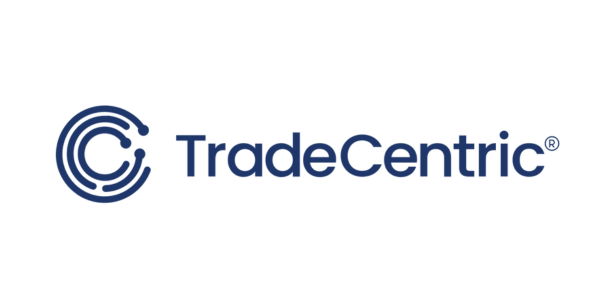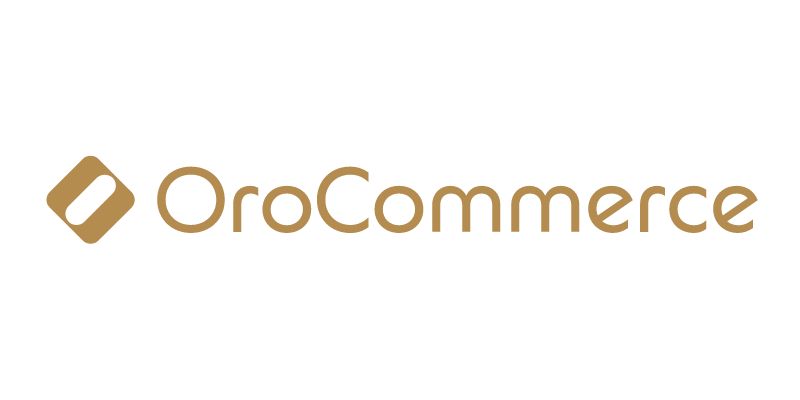Become a Certified B2B eCommerce Professional
Become a B2BEA Professional Member and access world class training courses to kick start your success in B2B eCommerce.


Discover & Make Connections in B2B eCommerce
Connect with your peers and discover top talent in B2B ecommerce and digital transformation.
B2B eCommerce Case Studies
Discover how B2B eCommerce Association members have leveraged eCommerce to improve their businesses. Explore our case study library to learn more.

B2B eCommerce Platforms

Explore our B2B eCommerce platforms guide. Everything you need to know about B2B eCommerce software, benefits, features, examples and more.














